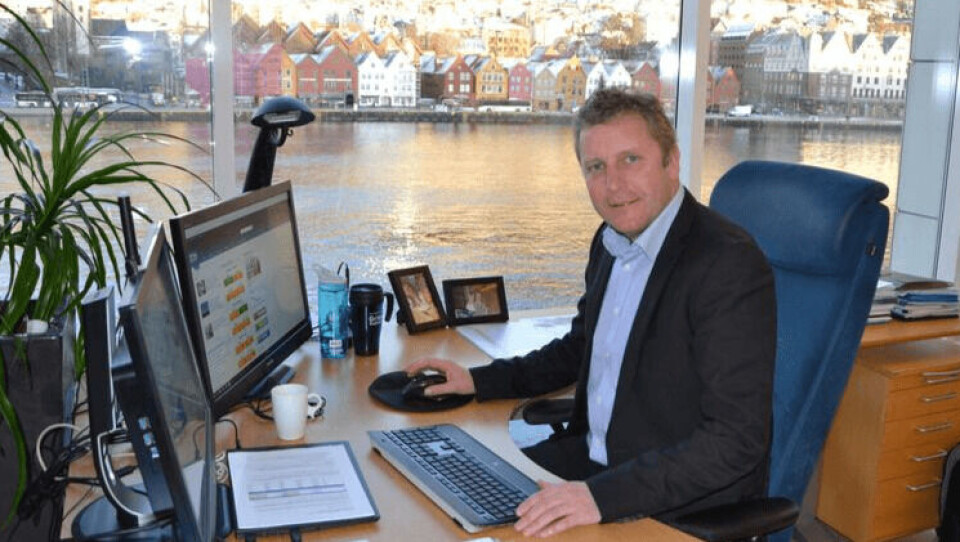
Grieg profits drop but hopes high for Canada and Norway
Grieg Seafood saw its profits drop in Q2 but forecasts a strong financial situation and growth in Norway and Canada following the sale of its Shetland operation to Scottish Sea Farms.
The company reported total harvest volumes of 17,812 tonnes in the second quarter (excluding Shetland), down 12% from 20,140 in the same period last year.
EBIT before production fee and fair value adjustment was NOK 44 million (47 million in Q2 2020), with an EBIT per kg of NOK 2.4 (2.4).
Sales revenues from continuing operations amounted to NOK 1,122 million, a decrease of 4% compared to Q2 2020.
The price achievement in BC was strong, but Norway was impacted by downgraded fish and fixed price contracts.
Harvest weights
In Finnmark, the price achievement was also affected by low average harvest weights and harvest towards the end of the quarter with lower spot prices.
Farming costs across the group increased compared to the same quarter last year, mainly due to winter ulcers, ISA and higher costs recognised as abnormal mortality of biological assets.
Shetland saw good performance following restructuring and operational improvement, with EBITDA (earnings before interest, taxes, depreciation, and amortisation) of NOK 56 million.
The Shetland sale, for £164 million, expected to be finalised in autumn 2021, represents an important milestone for Grieg Seafood, said the company, which will now concentrate on growth in Norway and Canada.
Growing market
Newfoundland will be the main growth area, strengthening Grieg’s exposure to the world’s largest and fastest growing market for Atlantic salmon.
Grieg said it is taking a cautious approach to developing this new farming region, and its focus will be on post-smolt, digitalisation and improved fish health and welfare.
The company’s total harvest volume target for 2021 is 80,000 tonnes (excluding Shetland), with a target of 130,000 by 2025.
Grieg Seafood CEO Andreas Kvame said: ‘During the second quarter, Grieg Seafood took new and important steps towards a post-pandemic recovery. The market is getting better, prices are increasing, and biology is improving across the regions.
‘At the same time, we still experienced some bumps in the road. I am not satisfied with an EBIT of NOK 44 million.
‘British Columbia was a highlight, with stable biological control for yet another quarter, coupled with high prices in a strong US market.
‘Rogaland delivered a satisfactory result, while Finnmark remained impacted by remnants of the challenging biology from last winter. ‘
He added: ‘We are also continuing to develop our Newfoundland region responsibly and step by step. To increase chances of optimal biological conditions in sea, we have postponed transfer of fish to sea until next spring.
On track
‘Beyond this postponement, the project is on track, with millions of fish currently growing healthy and well in the fresh water facility.
‘The potential for Newfoundland remains in the medium and longer term, underpinned by the strong and growing US salmon market next door.
‘During the second quarter, Grieg Seafood also reached several milestones towards delivering on our 2025 strategy.
‘First and foremost, we executed our plan to narrow the company’s focus to Norway and Canada as our two robust farming regions.
‘We entered a sales purchase agreement with Scottish Sea Farms to sell our Shetland operations for £164 million.
‘Substantial improvement efforts over several years are completed in the region, resulting in a profit for the quarter. The sale and high price leave us in a strong financial situation and provides room to engage in growth initiatives in Norway and Canada in line with our strategy.’






















































